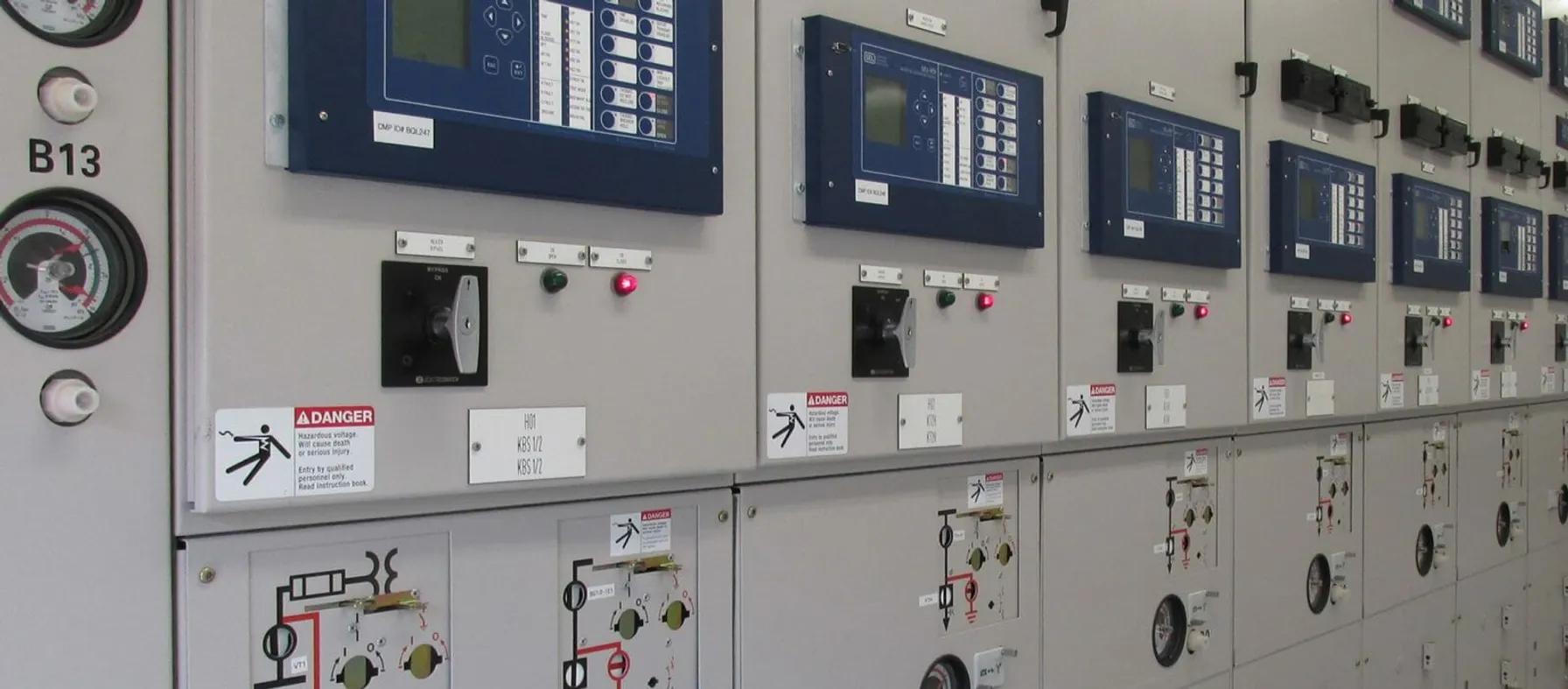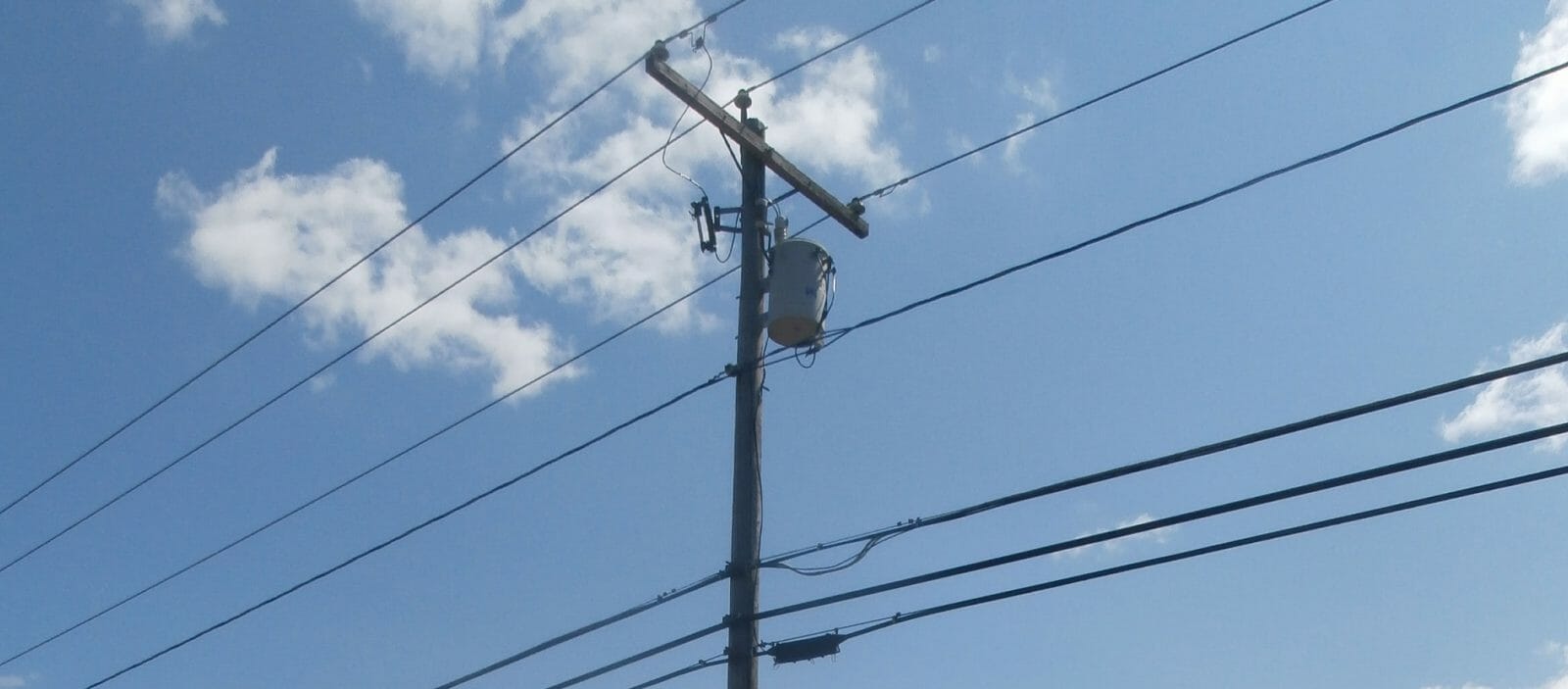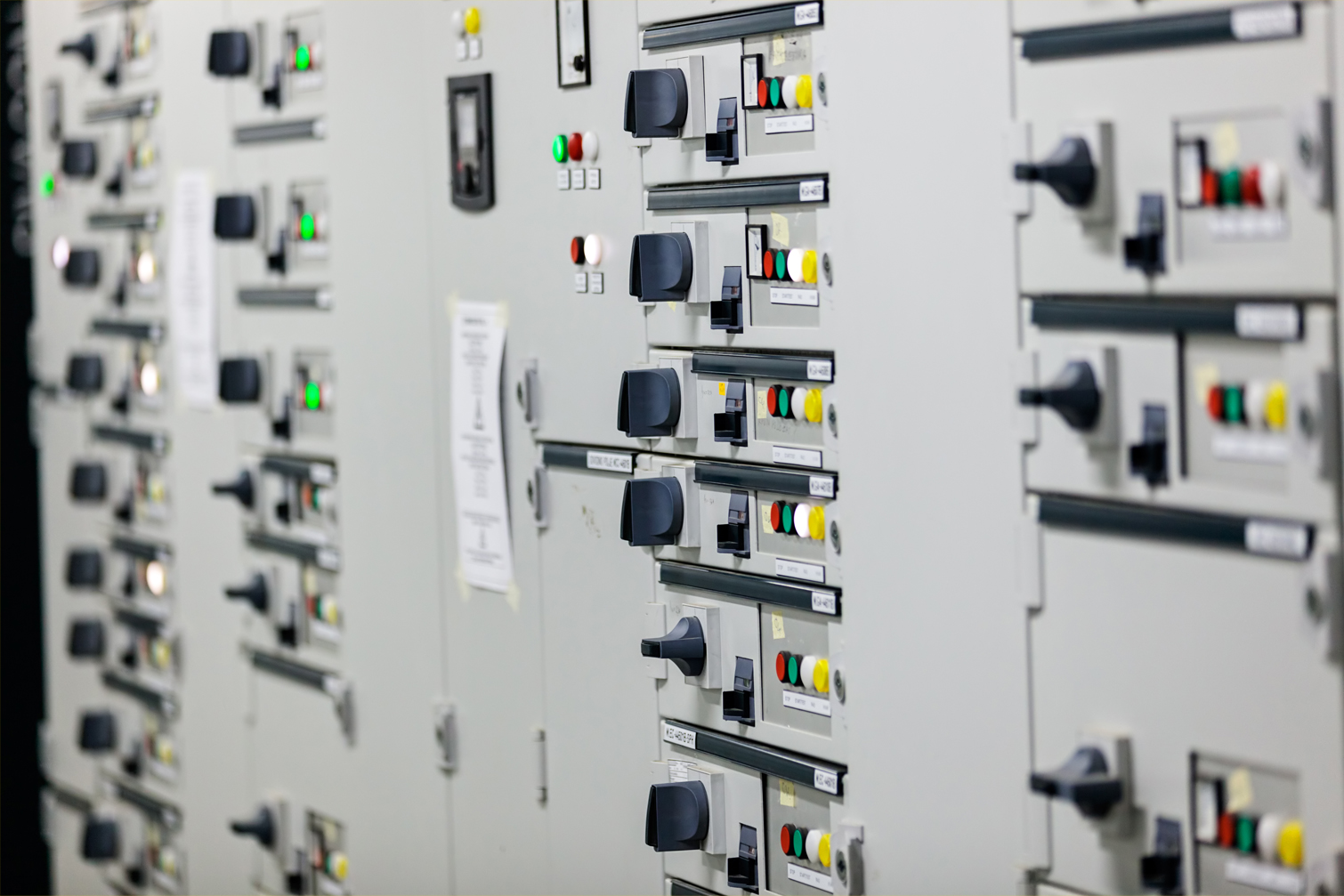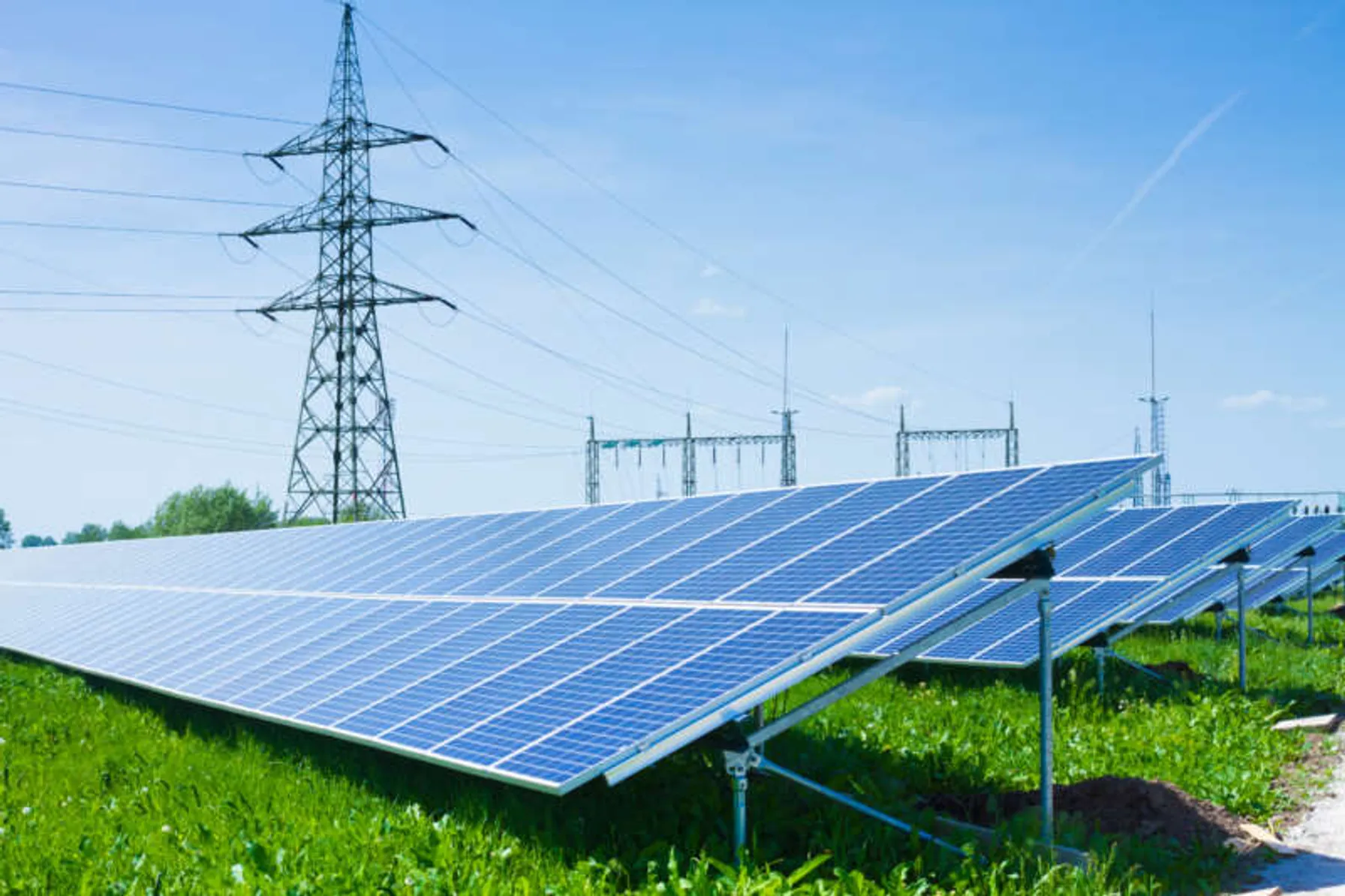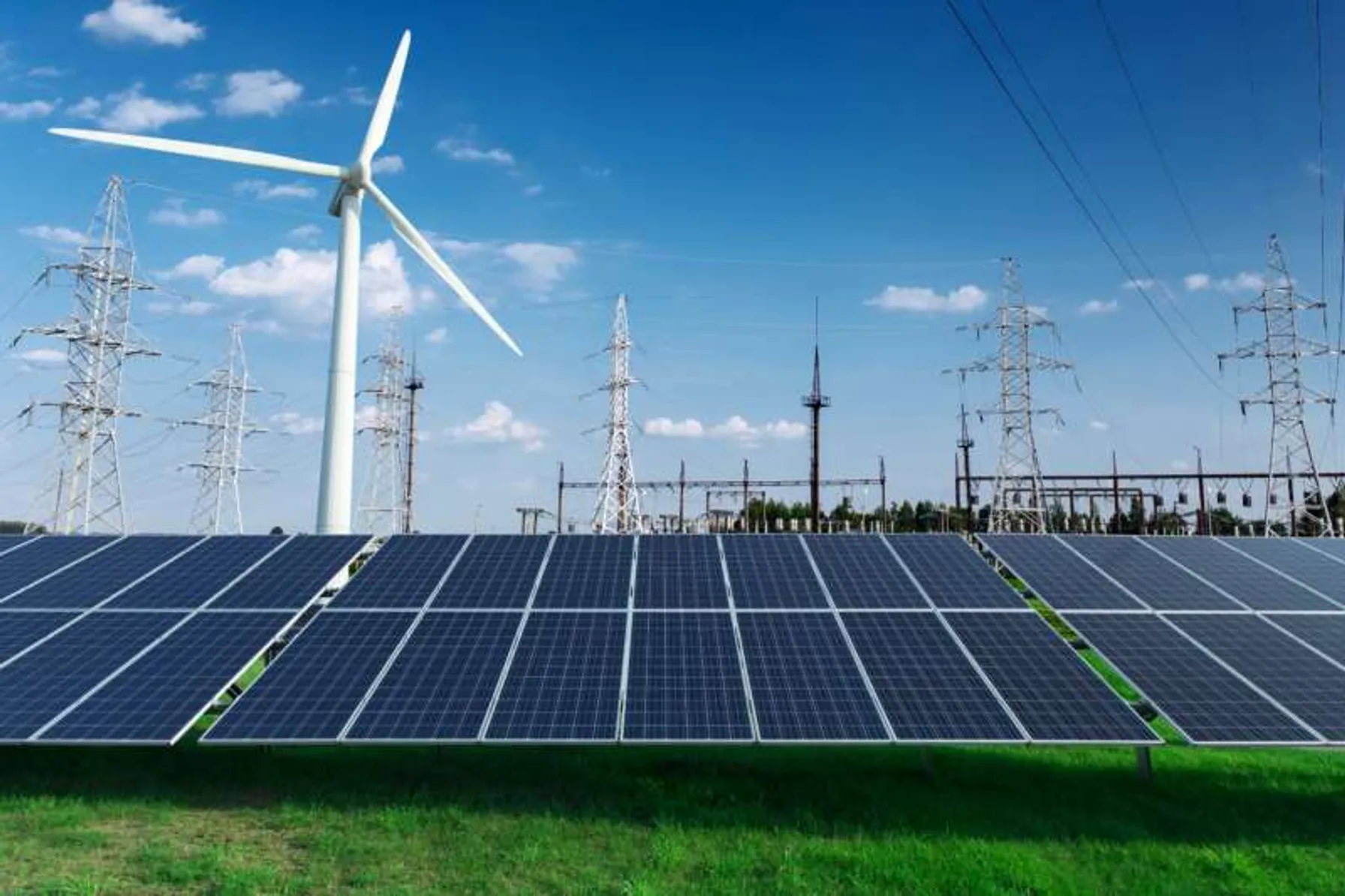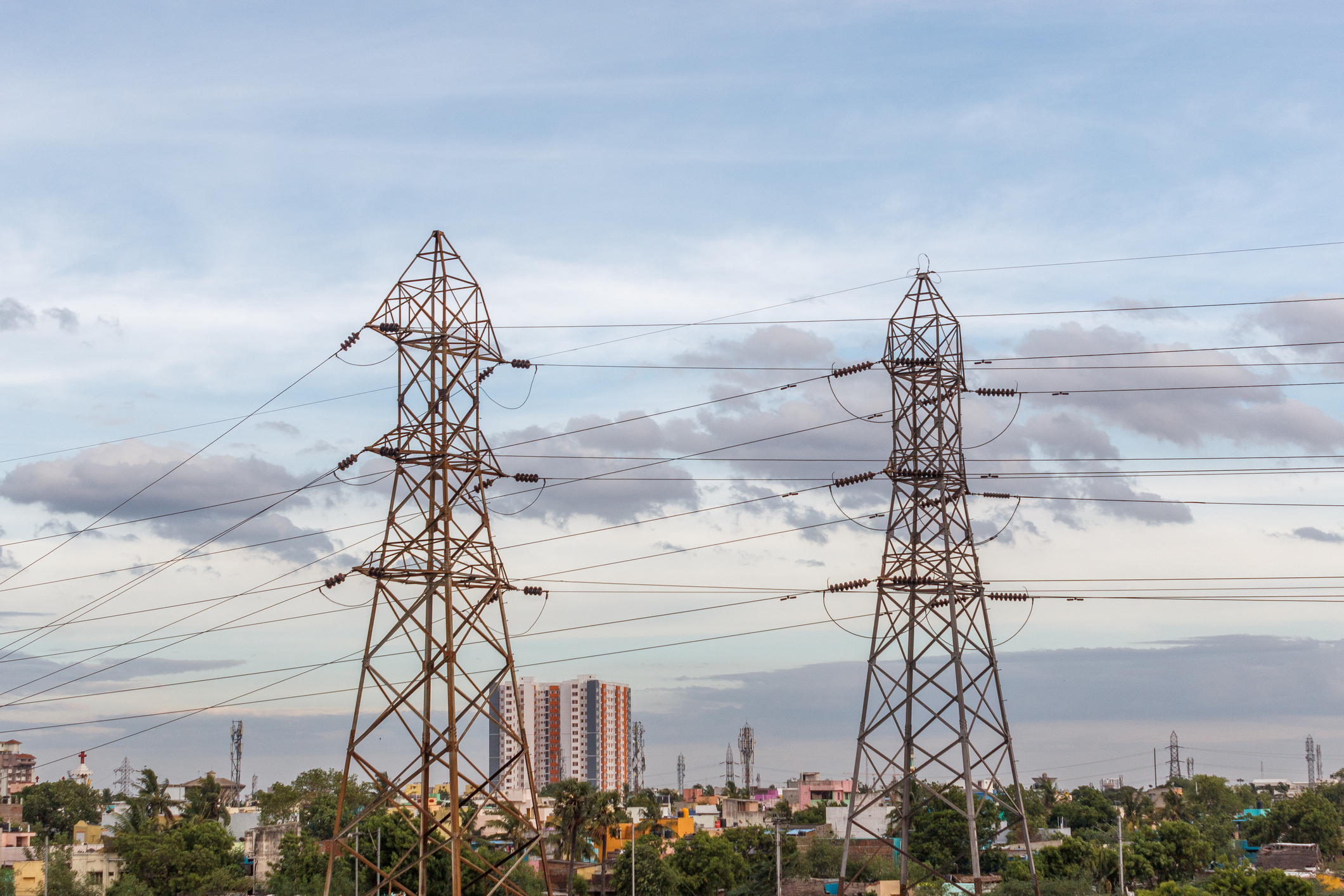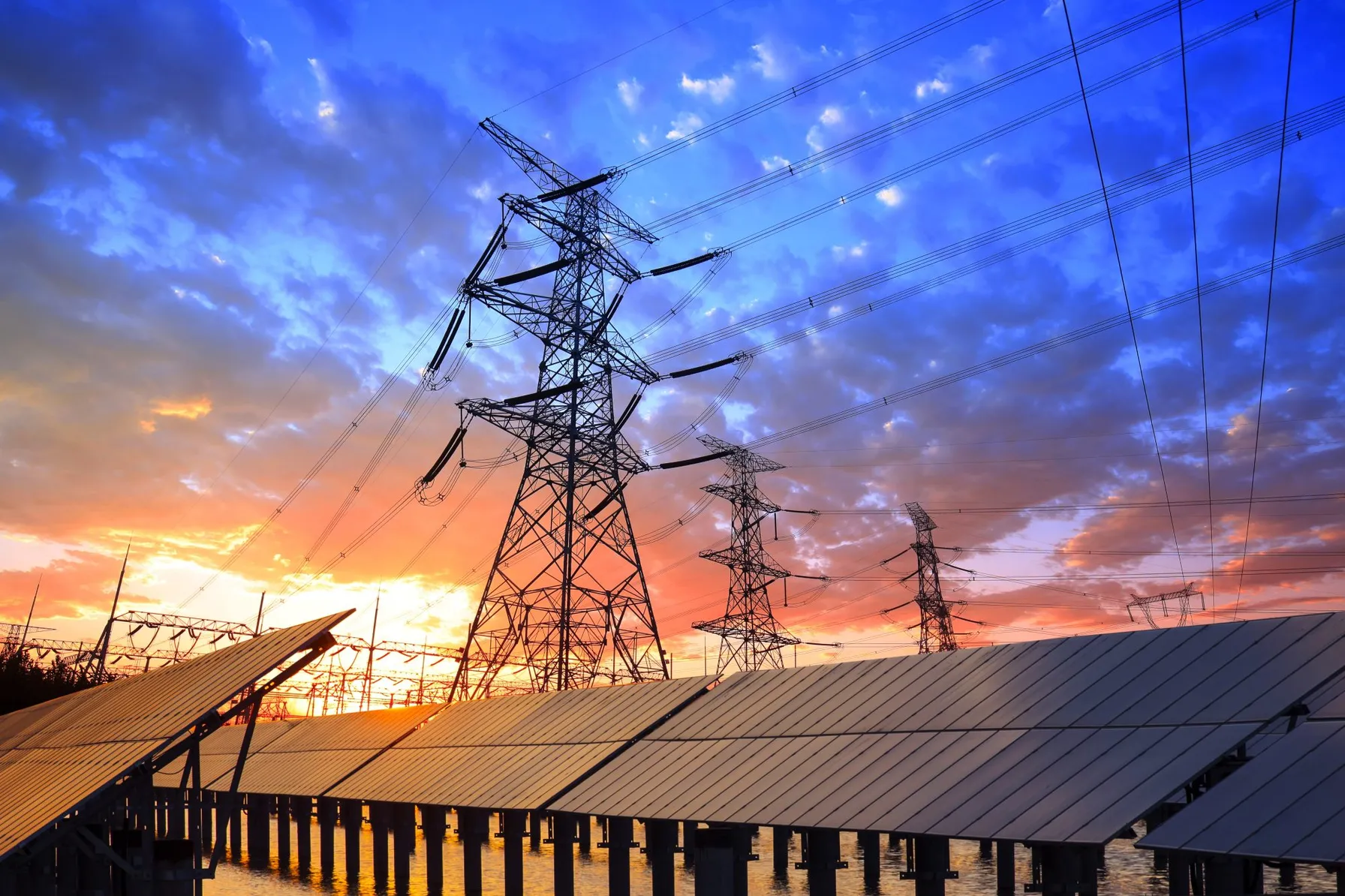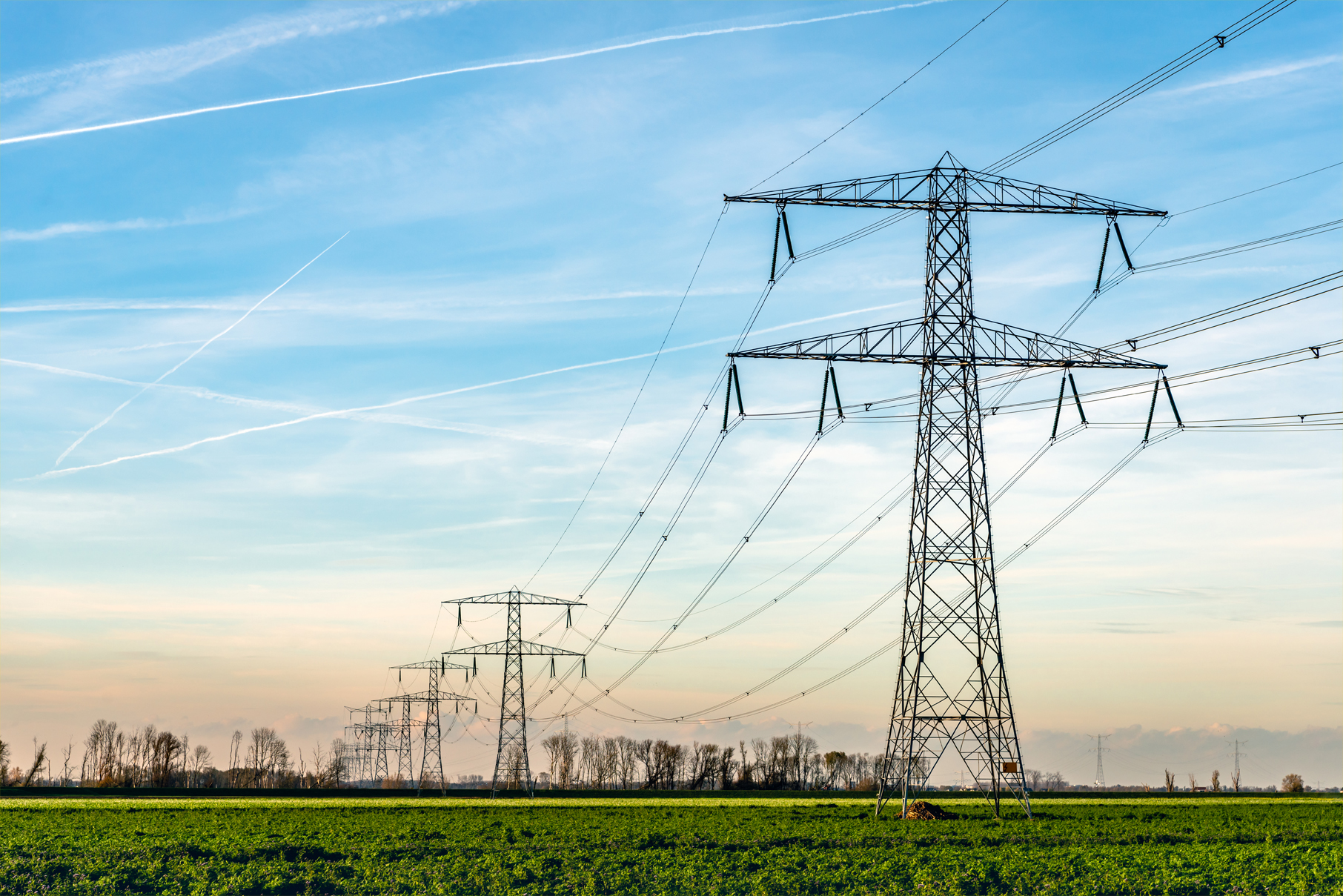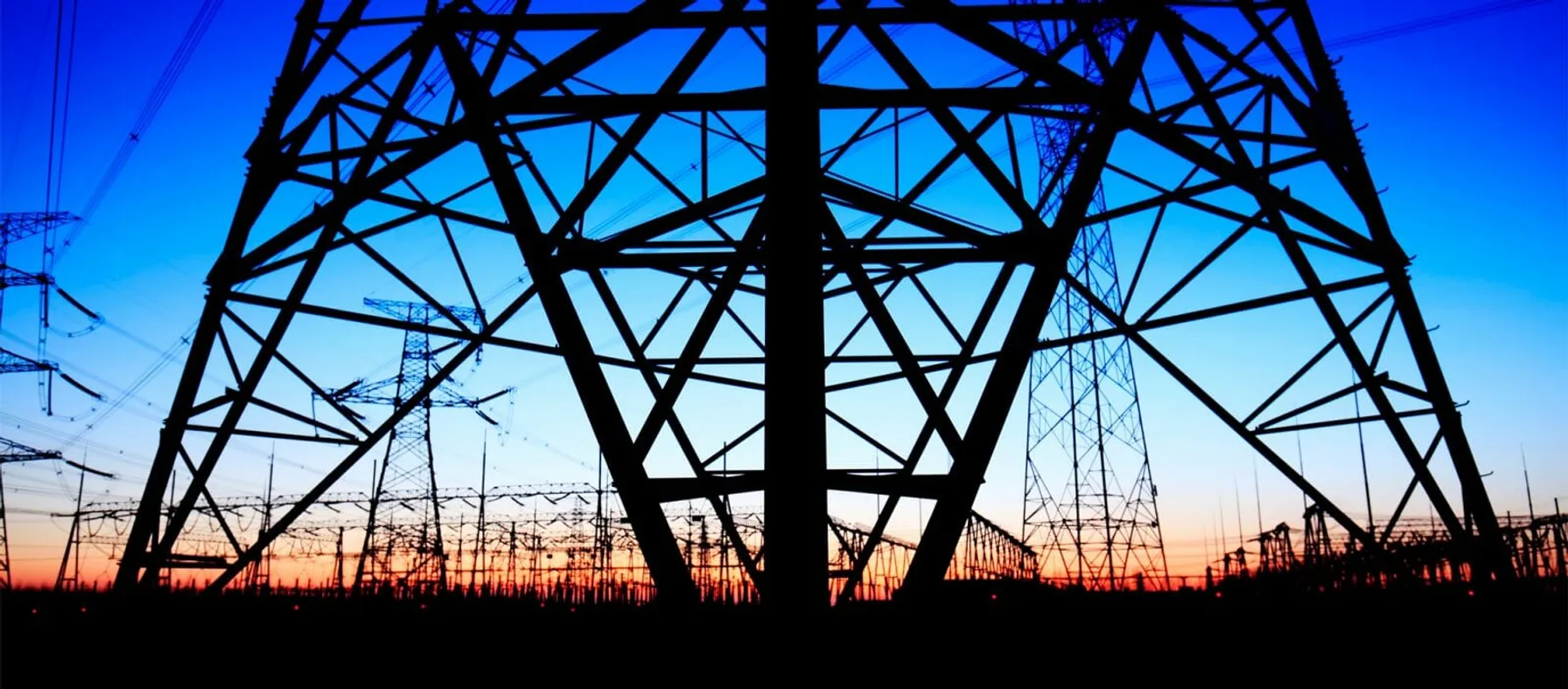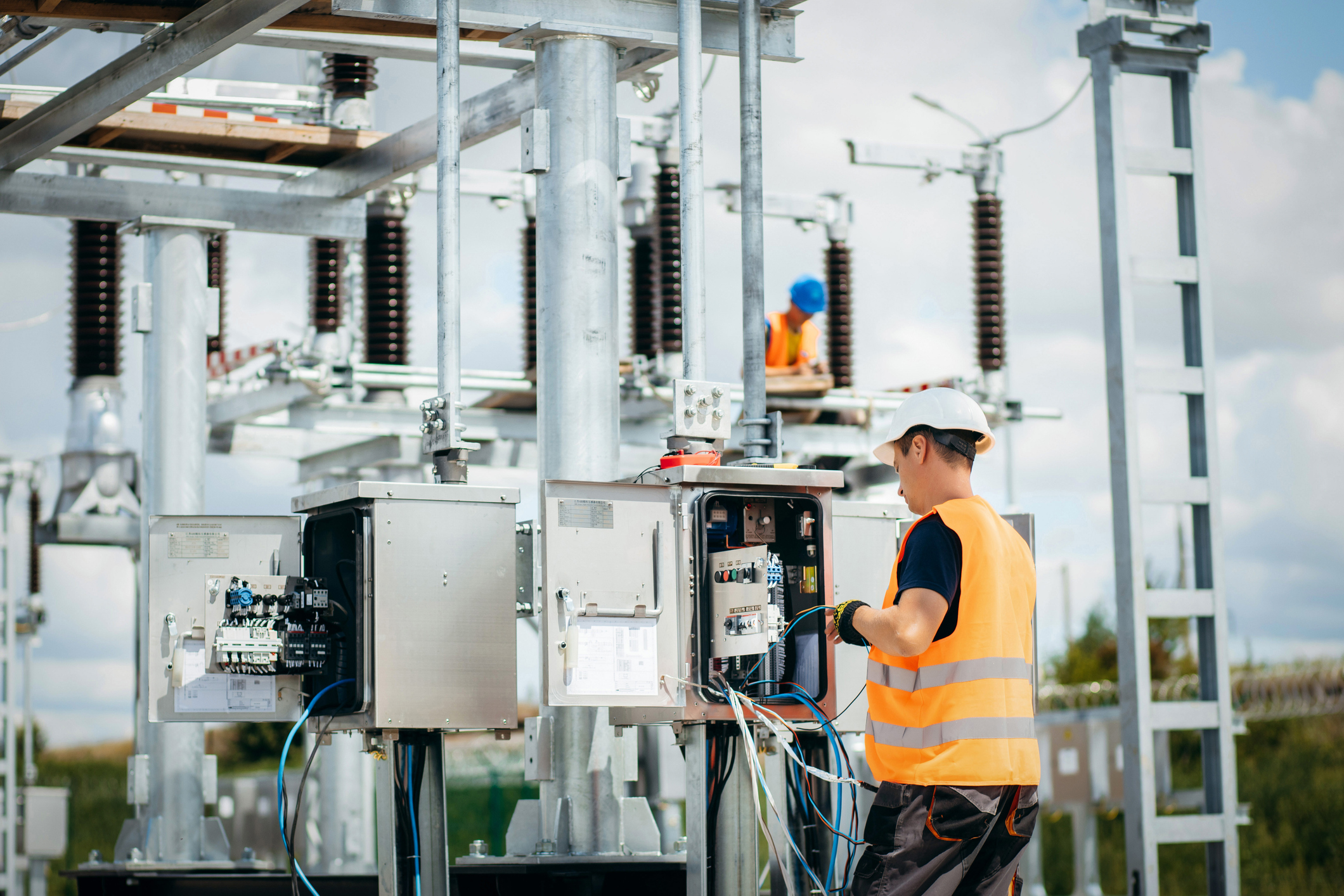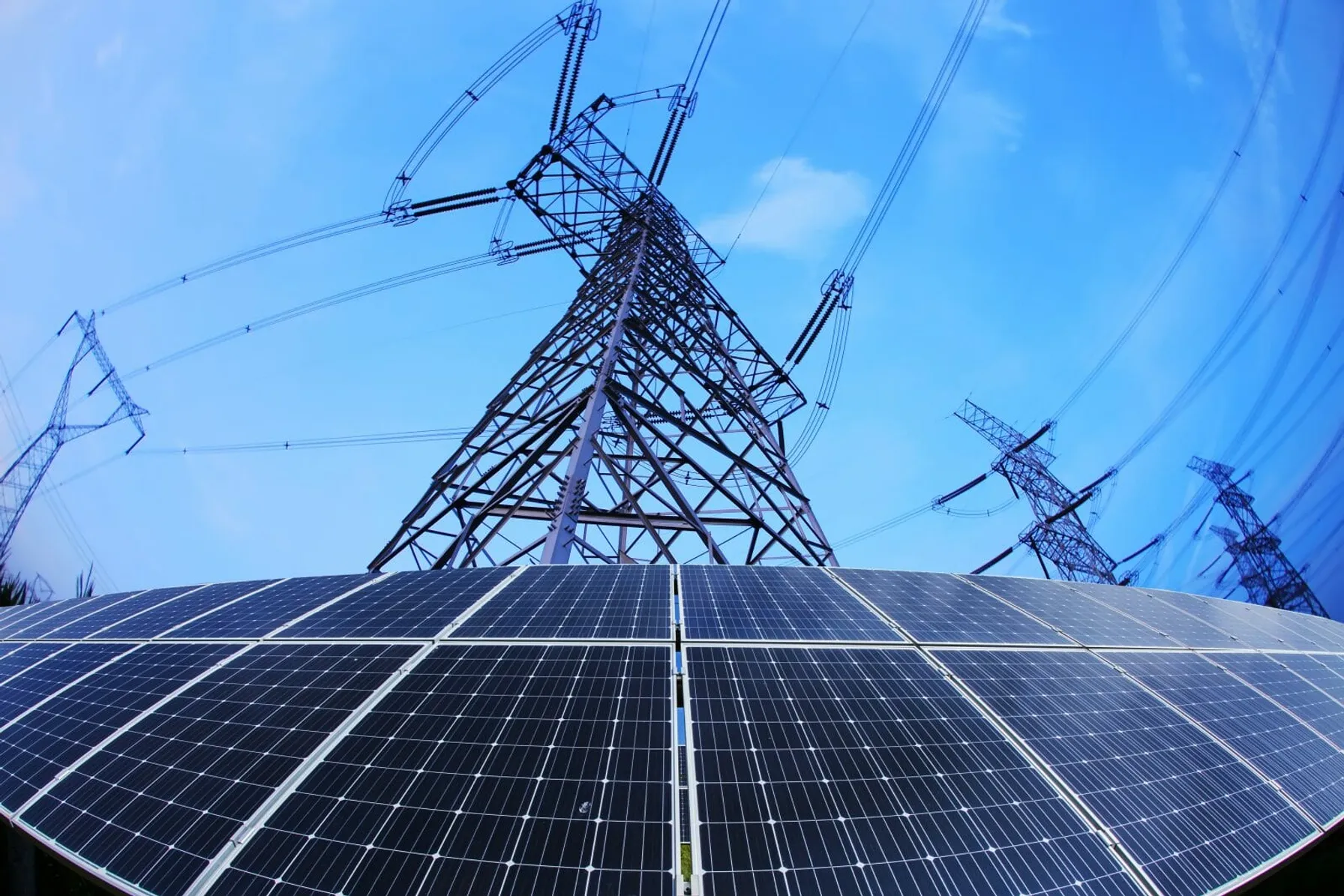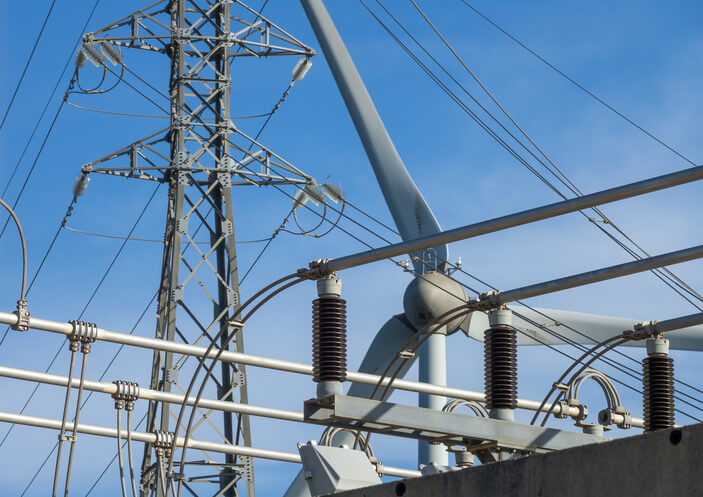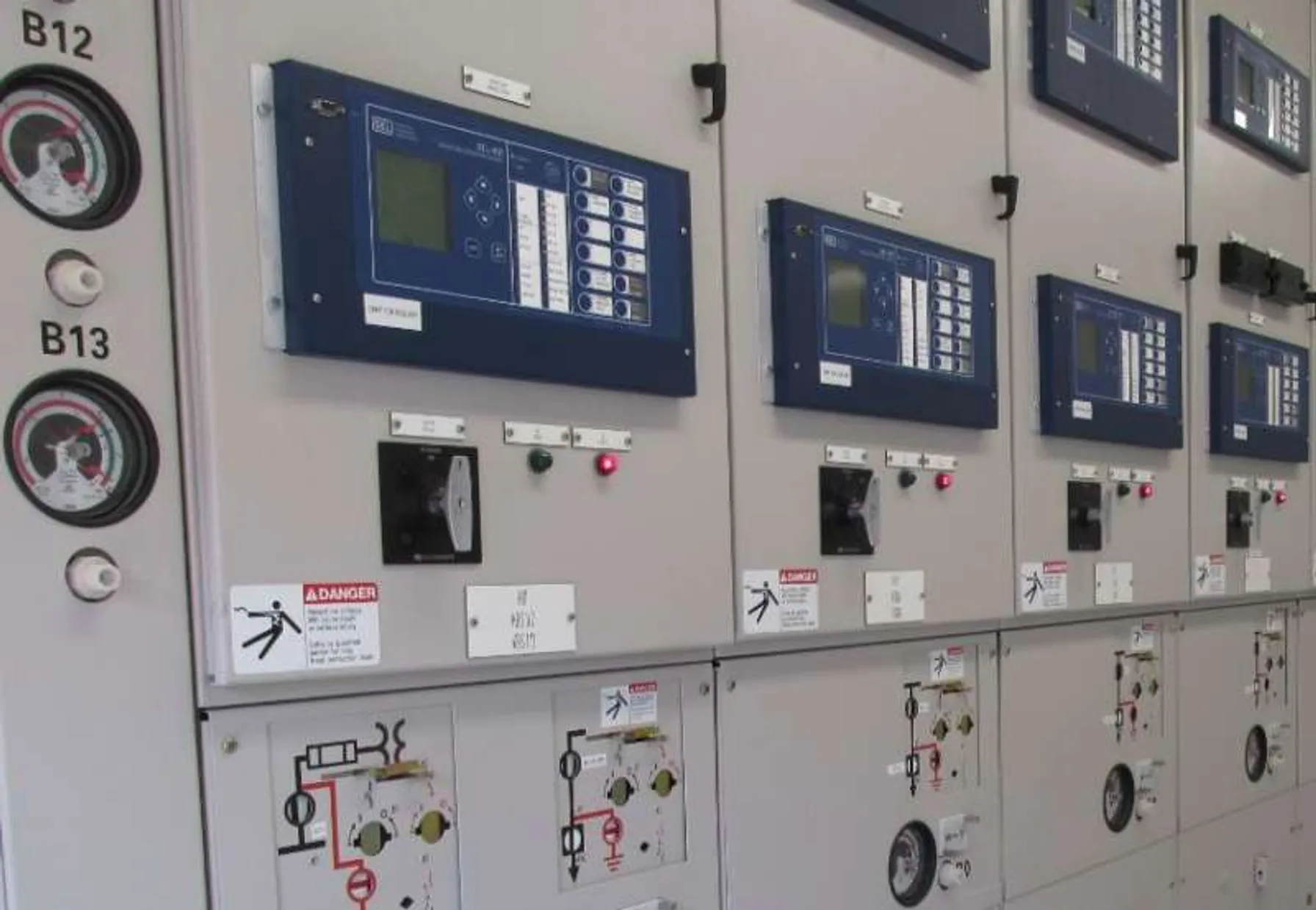Modernize Your Infrastructure and Operations
Design, engineering and compliance solutions for critical, high-risk substation and system protection challenges.
As utilities continue to invest in system upgrades to support reliability and resiliency, substation modernization efforts that include robust protection and controls and high-tech automation functionality are essential. However, as the trend toward outsourcing engineering capabilities also continues, you need a partner you can rely on to successfully complete these critical and often high-risk projects.
From conceptual design through final commissioning, TRC provides turnkey solutions for all your system and substation protection and control challenges.
We deliver support at any level to match your unique needs and team structure. From strictly design services to full Engineering, Procurement and Construction support and Owner’s Engineering solutions, you can rely on TRC to help you achieve your goals.

Safeguard the Reliability of Your Substations and Systems
TRC works as an extension of your own staff to support standards development, new substation installations and additions or modifications to existing stations and systems. Our tested design engineers are well–versed in our clients’ standards and preferred practices. Through every phase of development, we deliver integrated solutions that optimize system performance and reliability, delivering undeniable benefits, such as:
- Efficient project startup: Our tested practitioners are skilled engineers who thoroughly plan and prepare to ensure quick mobilization of resources and clear project objectives.
- Smooth project execution: We maintain a project’s momentum and avoid delays through seamless coordination and proactive responses to challenges.
- High-quality results: Our compliance focus and rigorous quality control measures provide accuracy, reliability and excellence in the final output.
Comprehensive Protection and Control Engineering Solutions
Our experience includes:
- Conceptual Design
- Application Analysis
- Protection and Control Equipment Specification and Procurement
- Design Documents and Calculations
- Facility and Compliance Studies
- Fault Analysis and Coordination Studies
- Detailed Schematics
- Detailed Wiring and Cable Design
- Relay and Control Cabinet Design
- Protective Relay Settings
- Settings Calculations and Studies
- Short Circuit Analysis and Modeling
- Substation Automation, Integration and Communications
- RTU, DFR and SER Design
- Smart Grid Applications
- IEC 61850 Applications
- Distributed Generation Impact Studies
- Quality Control Services
- Program Management
- Owner’s Engineer
Empower Your Operations With TRC
Effective implementation of high-risk projects and control measures requires expertise and innovation. TRC’s protection and control engineers combine deep technical knowledge with a forward-thinking approach to deliver reliable, customized solutions for your most critical substation and system upgrades. Trust TRC to support your electrical protection and control projects with unparalleled professionalism and advanced engineering resources. Contact TRC for support on your electrical protection and control projects today.


